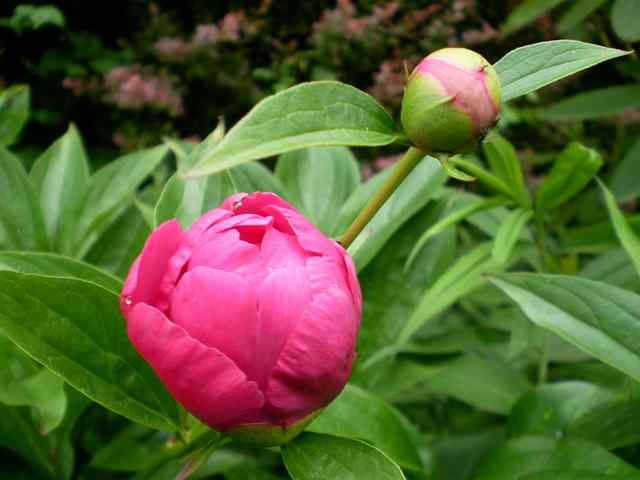In this guide, we will explore the characteristics of peonies, their effects on cats, and what pet owners should know to keep their feline friends safe.
Understanding Peonies: A Brief Overview

The parts of a peony plant include the roots, stems, leaves, and flowers, all of which contain a compound known as paeonol. This natural substance is responsible for the plant’s characteristic aroma and is often of interest to growers and herbalists alike. However, concerns about toxicity arise when considering the plant in the context of household pets, particularly cats.
Toxicity of Peonies: What We Know
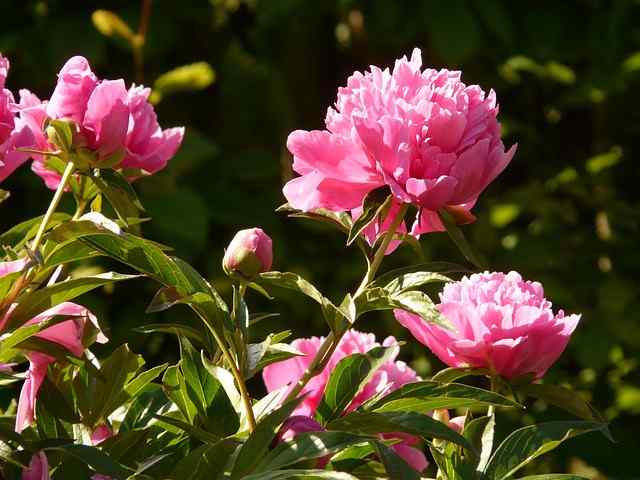
When it comes to the safety of cats around peonies, research indicates that these plants contain several compounds that can pose risks to our feline companions. The primary concern is the aforementioned compound, paeonol, which has shown to affect various animal species. For cats, ingesting parts of the peony plant can potentially lead to mild gastrointestinal upset. Symptoms may include vomiting, diarrhea, and abdominal discomfort.
It’s important to note that while peonies are not classified as highly toxic or deadly, they still present a concern for curious cats who may nibble on plants. Unlike some plants that can cause severe poisoning or immediate health crises, peonies are generally described as having low toxicity levels. Nonetheless, understanding the potential risks associated with different parts of the peony is crucial for pet owners.
The Parts of Peonies and Their Impact on Cats
Flowers
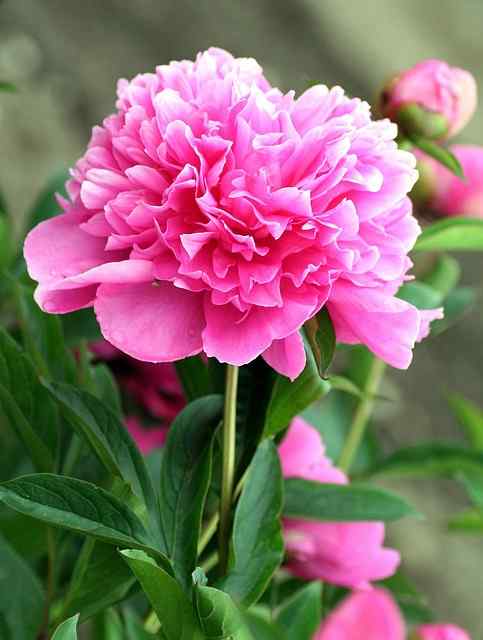
The flowers of peonies are undoubtedly the most attractive part of the plant, captivating both humans and animals alike. However, if a cat decides to munch on the petals or consume them in any form, they could experience mild symptoms like vomiting or diarrhea. While the risk of severe toxicity is low, it’s best to discourage nibbling on peonies.
Leave
The leafy parts of peonies also contain chemicals that, while not highly toxic, can lead to gastrointestinal upset if ingested by cats. The leaves may have a bitter taste, which could deter some cats from eating them. However, it’s still wise for pet owners to monitor their cats’ behavior around these plants, especially during the warmer months when cats may be more inclined to explore the outdoors.
Stems

The stems of peonies are another area of concern. If a cat were to chew on a stem, it might lead to similar symptoms as eating the flowers or leaves. Cats are naturally curious and often test out new things with their teeth. Therefore, ensuring that peonies are out of reach can help mitigate the risk of a curious cat getting into trouble.
Roots
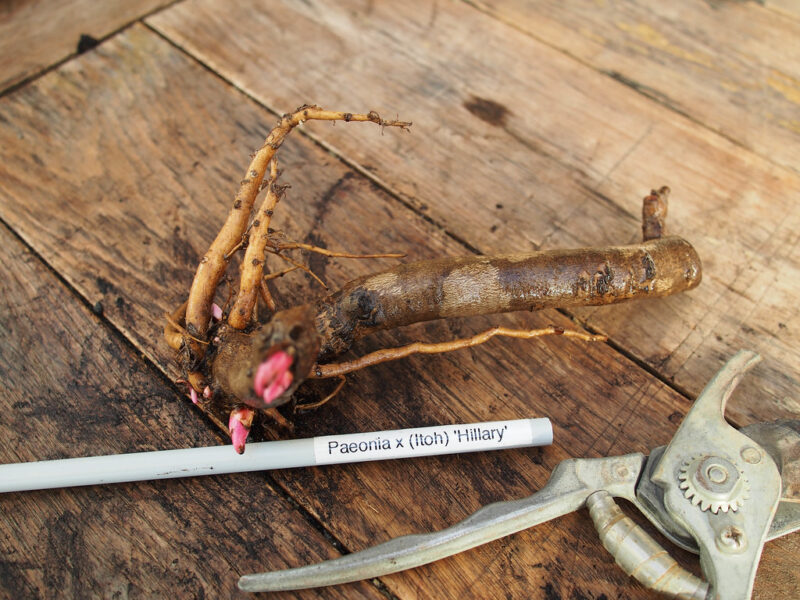
Finally, the roots of peonies can have a relatively higher concentration of paeonol compared to the flowers and leaves. While it is less common for cats to dig up and consume roots, those that do could experience a more pronounced reaction, such as vomiting or unusual lethargy. Given that the roots are generally underground, the likelihood of this occurring is lower, but still worth mentioning for pet owners who may have adventurous cats.
Symptoms of Peony Ingestion in Cats
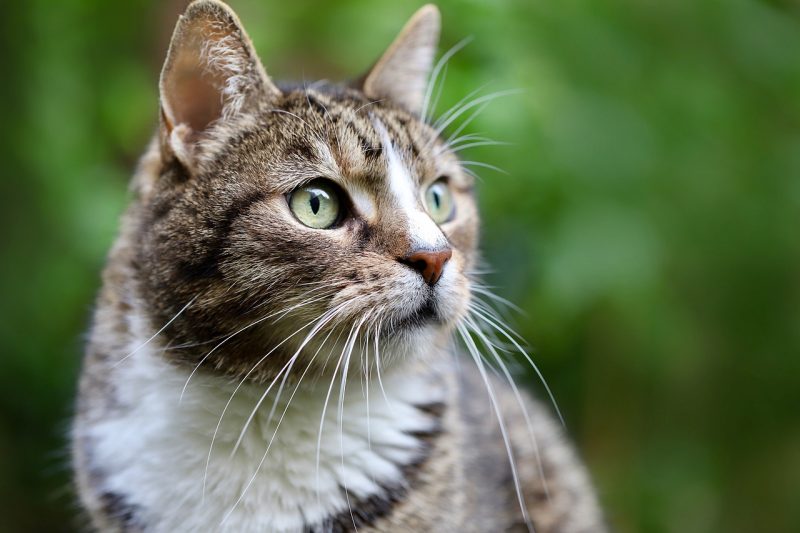
If a cat does happen to ingest any part of a peony, it’s essential to recognize the symptoms of potential poisoning or upset. While severe reactions are uncommon, owners should be vigilant about changes in their cat’s behavior. Symptoms may include:
Vomiting: This is often the body’s way of expelling something that doesn’t agree with it.
Diarrhea: Loose stools are another common response to ingesting plant material that is not digestible.
Lethargy: A cat may seem more tired than usual or less active, which can indicate discomfort.
Loss of appetite: If a cat has an upset stomach, it may refuse food.
If a cat exhibits any of these symptoms after coming into contact with peonies, it is essential to consult a veterinarian for guidance. While most cases resolve with time and treatment, it’s always better to play it safe.
Preventive Measures: Ensuring Cat Safety
To protect your feline friends from the potential hazards associated with peonies, consider these preventive measures:
1. Placement of Plants
One of the most effective ways to keep cats from chewing on plants is by strategically placing them out of reach. Consider elevating peonies in hanging pots or installing barriers around your garden to limit access. If you have peonies indoors, placing them on high shelves or in rooms where the cat doesn’t roam can significantly reduce the risk of ingestion.
2. Creating a Cat-Friendly Garden
If you’re passionate about gardening, consider creating a space that prioritizes the safety of your pets. Research and select cat-friendly plants to cultivate alongside your peonies. Herbs like catnip, cat grass, and basil can provide your cat with enjoyable and safe options to explore and chew on, steering their curiosity away from harmful plants.
3. Educating Household Members
Communication is key when it comes to pet safety. Make sure all household members are aware of which plants are safe and which ones pose risks. Keeping pets away from potentially dangerous plants is a shared responsibility, especially in multi-pet households.
4. Using Deterrents
There are sprays and products available designed to deter pets from chewing on houseplants. If you’re struggling to keep your cat away from certain plants, consider using a pet-safe deterrent spray to make the plants less palatable.
5. Observation and Playtime
Engage your cat with interactive play and regular exercise to keep them stimulated and less focused on plants. Cats are often drawn to nibble on plants out of boredom or curiosity. Providing them with adequate toys and playtime can discourage undesirable behavior.
What to Do If Your Cat Ingests Peony
In the unfortunate event that your cat does ingest peony parts, here are the steps you should follow:
1. Assess the Situation
Determine how much of the plant your cat consumed and what part it was. If you can identify the specific part (leaves, flowers, stems, roots), it will help the veterinarian understand the potential risks.
2. Monitor for Symptoms
Keep an eye on your cat for any symptoms of distress. Take note of any signs of vomiting, diarrhea, or lethargy to relay this information to your veterinarian.
3. Contact Your Vet
When in doubt, it’s always best to consult your veterinarian. They can provide guidance based on your cat’s specific situation. If necessary, they may recommend bringing your cat in for an examination to ensure they haven’t suffered any serious effects.
4. Follow-Up Care
If your cat does show symptoms after ingesting peony, your veterinarian may suggest a plan for follow-up care. This might include dietary changes, hydration support, or medications to alleviate symptoms.
The Importance of Knowledge and Handling Plants Safely
Understanding the toxicity of plants, including peonies, is essential for all pet owners. While the risk of poisoning from peonies is relatively low compared to other plants, awareness is key for preventing mishaps. Educating ourselves on what is safe and what isn’t will empower us to create safer environments for our pets.
As pet owners, it is our responsibility to safeguard our furry companions from both common household items and exotic plants. Every garden and home is unique, and being proactive about plant safety is crucial for the well-being of our pets.
Ultimately, while peonies can bring joy and beauty to our lives, ensuring the safety of our cats should be a priority. By implementing the preventive measures discussed and maintaining a watchful eye, it’s possible to enjoy the company of these stunning blooms while protecting our cherished pets.
Conclusion
In summary, peonies are not classified as highly toxic to cats, but they do contain compounds that can lead to gastrointestinal upset if ingested. Pet owners should be mindful of the risks associated with this popular flower, keeping peonies out of reach and watching for any signs of distress in their feline friends.



